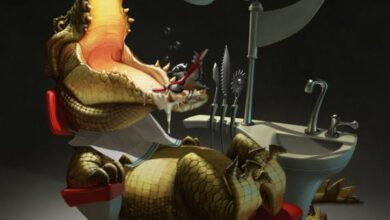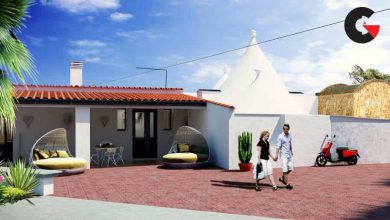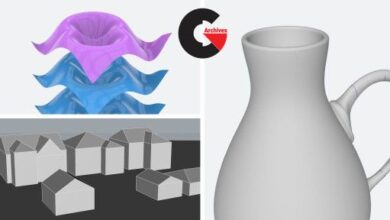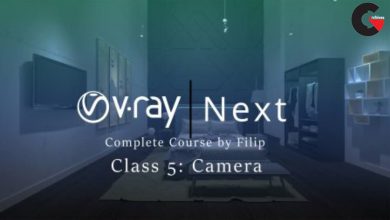Motion Design School – Maya Modeling Essentials
 Maya Modeling Essentials
Maya Modeling Essentials
Maya Modeling Essentials : Modeling is an essential part of the 3D industry. You can not imagine any animated movie or video game without 3D models. Characters, props, environment, almost every idea needs to be represented as a 3D model either fully or partially. 3D is a versatile tool that will come in handy for any contemporary artist. But where to start? It`s much better to begin your 3D artist’s journey from tweaking some polygons and getting knowledge about 3D in a nutshell. In this course you will start from creating a simple model of a longboard in Maya and then learn how to texture it in Substance Painter right away. After that, we’ll show you the ropes on a simple example. There is a real challenge for you: you will need to create full a 3D hard surface character from our animated movie that we’ve made for this course!
Course Curriculum
The course is designed to effectively introduce you to the basic stages of working with 3D modelling, even if you have never done this before.
Section #1
Intro
- Interface navigation and standard Maya tools.
Section #2
Modeling Basics
- Maya basic modeling tools.
- Learning the polygonal modeling process on the examples of simple objects.
Section #3
Hardsurface Modeling
- Creating a longboard model. Mastering creating the correct topology.
- creating a basic object form;
- objects grouping;
- adding details to a grid for smoothing;
- creating the final geometry.
Section #4
UV Unwrap
- Creating a UV map of a model in Maya. Preparing a model for texturing.
Section #5
Texturing
- Creating textures. Basic rendering in Substance Painter.
Section #6
Introduction to advanced modeling
- creating the base concept, development of the idea;
- pre-modeling preparation;
- preparation of references;
- working out the masses and proportions.
Section #7
Increasing the geometry detailing
- work with deformers;
- Boolean operations. Pros and cons;
- work with KitBash;
- creating a simple animation for checking the model functionality.
Section #8
Mesh modeling using clones
- What mesh is and how to use it for modeling covered on the example of the robot’s spine and eyes.
Finishing up the scene.
Section #9
Preparing UV for the final model
- Subdivision of geometry into logical groups;
- Creating UVs;
- UV packing using UDIM.
Section #10
Introduction to Substance Painter
- Key aspects of texturing for PBR shading;
- Textures baking;
- Texturing methods of complex objects.
Section #11
Preparing the scene for presentation
- camera and animation;
- creating an expressive pose;
- final shaders setup;
- color and light as a composition method;
- introduction to Arnold renderer.
lB6MwSwNNIYYHz66UqInBRH/video%204/24579
Direct download links 5.2 GB :
Direct download link reserved for subscribers only This VIP
Dear user to download files, please subscribe to the VIP member
- To activate your special membership site, just go to this link and register and activate your own membership . >>>register and activate<<<
- You can subscribe to this link and take advantage of the many benefits of membership.
- Direct downloads links
- No ads No waiting
- Download without any limitation ، all content in website
CGArchives Is The Best
Review
Review
Review this tutorial
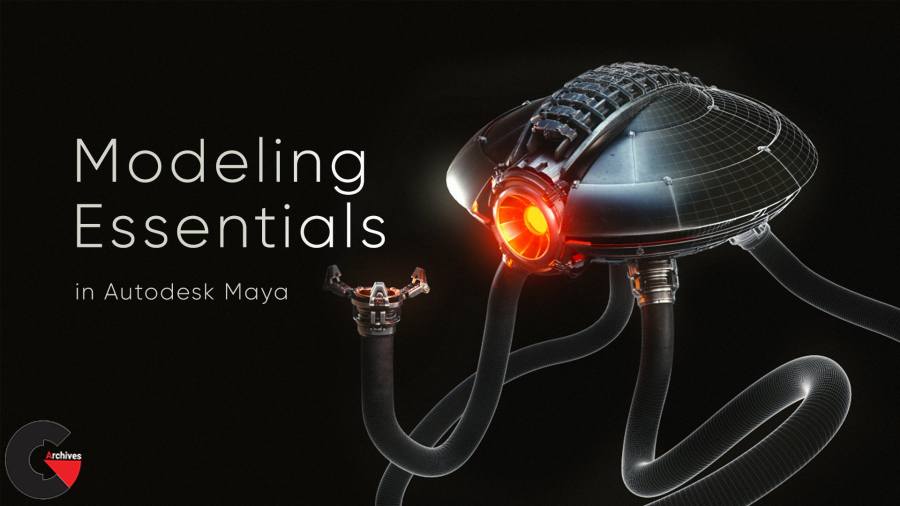 Maya Modeling Essentials
Maya Modeling Essentials

